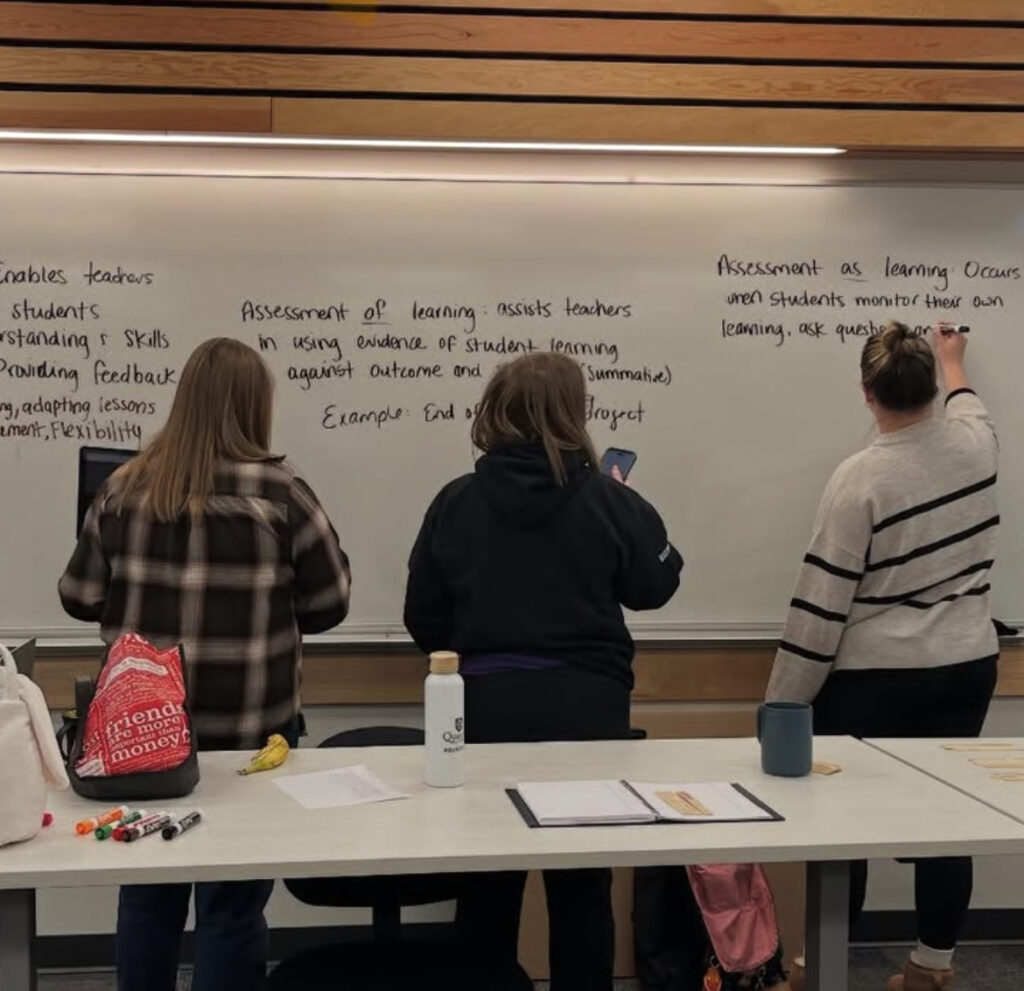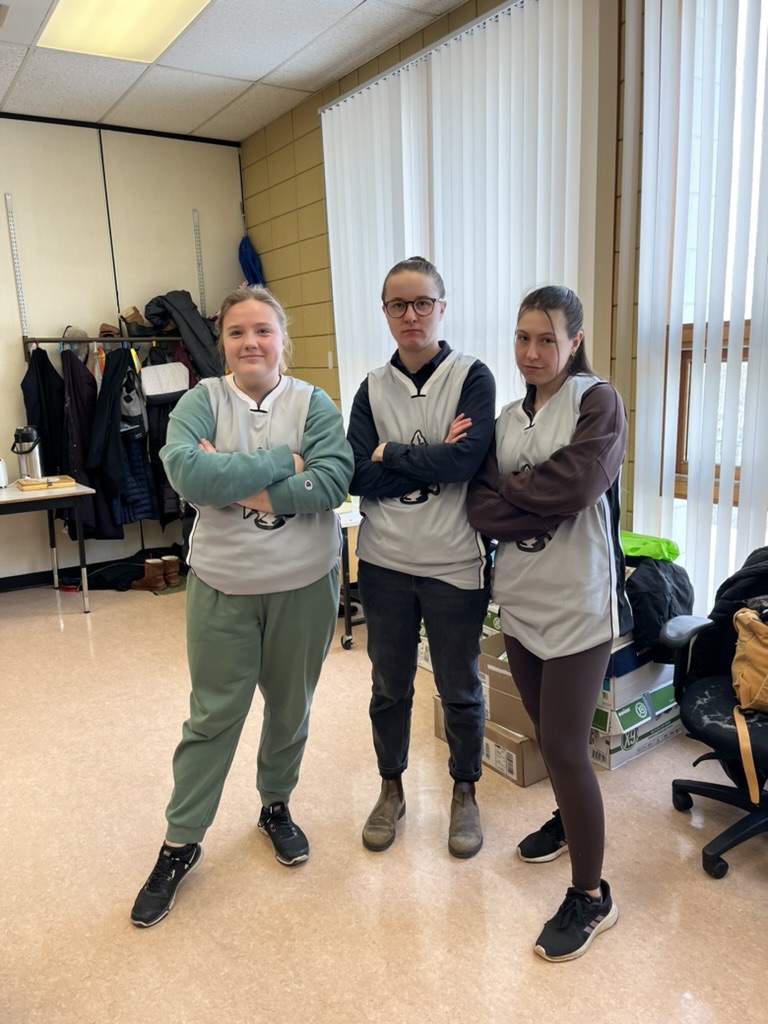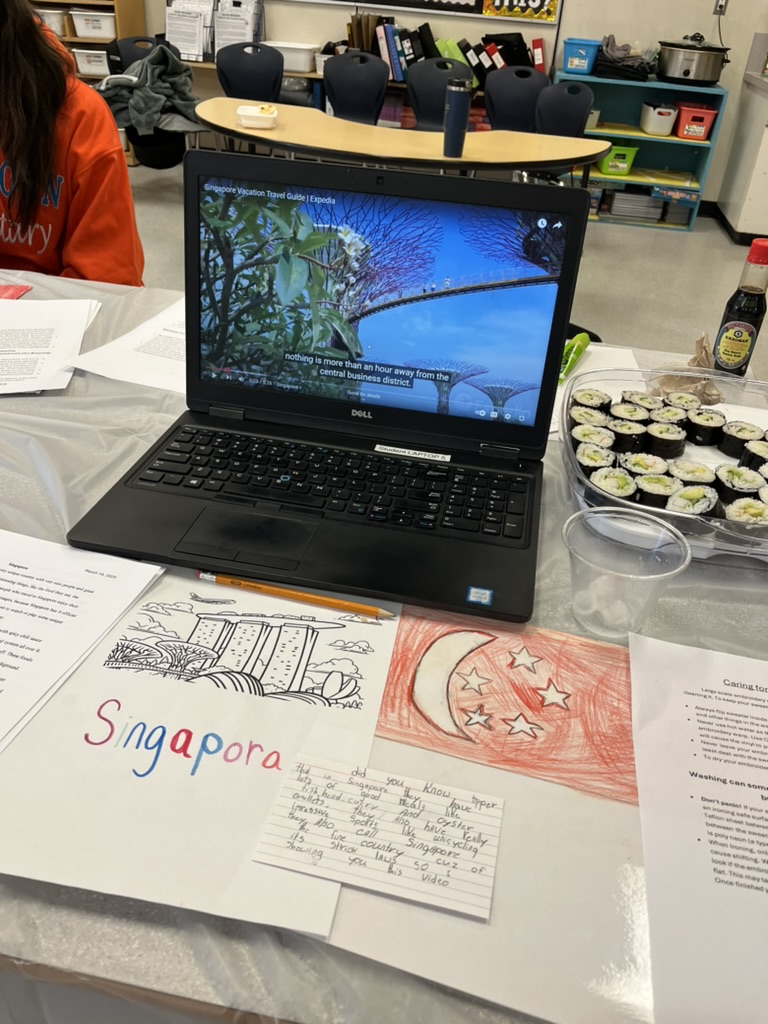Monthly Archives: March 2025
What I Learned in Education 376!
Numeracy Summative Blog Post:

- Learning Progressions- The BC Curriculum highlights learning progressions for numeracy. I have learned throughout this course that it is important to work with kids from where they are at, since all kids will have differing skill levels. Learning progressions outline the steps towards learning numeracy that are necessary moving into other grade levels. For example, students who do not have a good understanding in addition will not be ready to move on to multiplication. As a teacher it is important to assess where students are at and help meet them there so they can move forward with the class.
- High Yield Routines- Routines in general are important for students learning especially in younger grades. High yield routines in math are activities that focus on developing number sense in students. An example of a high yield routine, taught to us by Jennifer Dionne, that I will use in my teaching is number talks. Having the students talk about the attributes and characteristics of a number or a picture is a powerful form of math that for the students doesn’t even feel like math. By repeating these skills in routines, the students will grow a deeper understanding of number sense.

- Manipulatives- Throughout this course we practiced using many different manipulatives that give students visuals for their learning. We used cards, counters, Cuisenaire rods, and Montessori beads to demonstrate numbers and equations. Manipulatives make math a more engaging, fun, and hand-on learning experience for kids of all ages. I know personally, I have always struggled with math but having a visual of the numbers was extremely helpful.
What I Learned in Education 421!
Assessment and Motivation Summative Blog Post:

- Formative vs. Summative Assessment- Formative assessment can be formal or informal and occurs throughout the course and the activity. This form of assessment occurs actively while students work and participate in activities. Summative on the other hand, occurs at the end of learning. Recognizing the difference in the forms of assessment is powerful because it opens opportunities for different ways to assess and gives students the chance to be assessed differently depending on their needs.
- Motivation- Students need motivation to learn. This can be intrinsic or extrinsic motivation, but it must be there. A piece of our discussions that stood out to me is the importance of building relationships with children. Building relationships helps the teacher see where the kids are at and what they need to help them learn. Motivation can include making activities hands-on, fun, or experiential so kids can experience learning in new exciting ways.

- Equal is not fair- Although it sounds redundant, this course has taught me that it is necessary to see the difference between “fair” and “equal”. Giving all students the same experience in the classroom, the same assessment, and the same motivation is not always beneficial, and it is not always fair. What is fair, is giving every child the same chances for success, which can look different for every child. Students will need different motivation tactics depending on factors in their lives, at school, and at home. Assessment can also look different for every child. Just because all the students don’t show their learning the same way, it does not mean they don’t understand the ideas.
- Descriptive feedback- Descriptive feedback can be challenging to incorporate into learning. Descriptive feedback should be explicit and simple and should explain exactly where the child succeeded and needs improvement. This course taught me that descriptive feedback is harder than it looks, but it is a powerful way to give feedback and see results. It was engaging and difficult to practice getting to know our kids faster at our Harwin In-Situ learning experience, and practice giving descriptive feedback to kids we barely know!
Practicum 391

Practicum 391 is a three-week experiential practicum for the UNBC education program. Overall, my experiences teaching were powerful and insightful. I was very lucky to be placed at Buckhorn Elementary school in the grade 6/7 class. This practicum pushed my limits and expanded my knowledge of teaching, especially in the areas of assessment and motivation. In my practicum I was able to build strong relationships with students, and it was hard to say goodbye! The biggest thing I learned is that building relationships with students is the number one way to motivate them. When students feel empowered by the adults and mentors in their life they will work harder and achieve great things!

Throughout the practicum I chose to teach the students how to write their first research paper. This was a good experience for the kids who got to learn a new valuable skill for the future, but it was also a good experience for me because along with the paper, I got to practice marking and assessing student work. Assessment is difficult in that it is not black and white! Different students may produce a very different quality of work from each other, but they may both be proficient. I learned that it is difficult to avoid assessing by comparing students’ work with each other. I also learned that it is important to assess based on the learning standards, and these learning standards may look different for different kids’ needs.

Another big take away from practicum was the importance of finding the kids’ passions and interests. Students are more motivated to learn if they are interested and engaged in what they are learning. I asked the students to write their research paper on a country and culture of their choice which provided them a lot of freedom to choose what they wanted to explore but also left a good amount of structure for the assignment. Finding a balance between structure and choice is good, because students already do not get much choice in their daily routines at school. Lastly, the students were motivated by a reward at the end of their project! I was very proud of the kids, so my coaching teacher and I planned a Disney EPCOT event where the students brought in different foods from their countries or showed the class performances/ songs from their chosen culture. This highlighted that giving students the opportunity to showcase their work to others can motivate them to work hard. It also made the learning process more fun, and something that could be shared with other classes!
